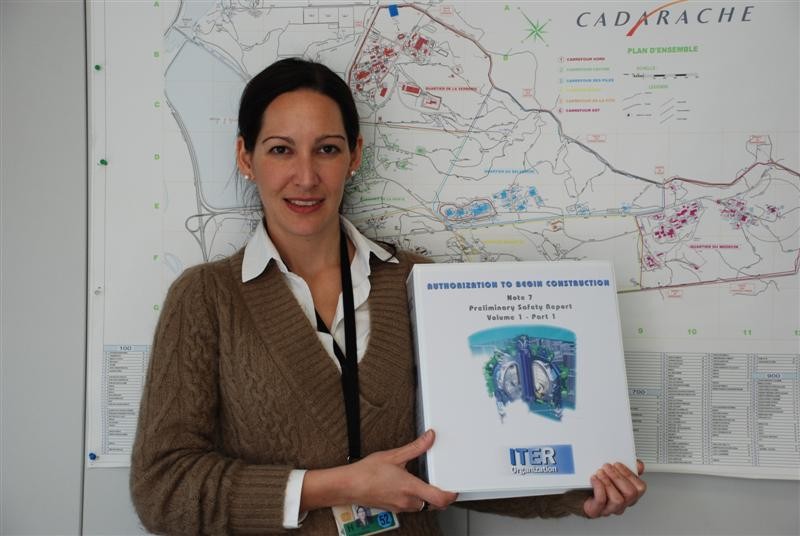ITER NEWSLINE
23
Thinking ahead
Jennifer Hay

Safety comes first for Susana Reyes.
To start with this was work on the "other" sort of fusion — inertial fusion using lasers, but she later transferred into the ITER community working on the Test Blanket Module and finally in 2006 she crossed the Atlantic to come back from the States to Cadarache to take up her current post in the Environment, Safety and Health Section of the Project Office.
Her task is to carry out accident analysis for ITER "reference events" — postulated incidents or accidents that could lead to potential radioactive releases - to demonstrate that the full range of events has been examined and that their consequences are acceptable for the workers, the public and the environment. This is a key part of the enormous document submitted to the French nuclear regulators at the beginning of this year, the Preliminary Safety Report (Rapport Préliminaire de Sûreté, RPrS)
It's comforting to note that "even in the very unlikely event of a worst-case scenario, the maximum accident dose to the most exposed individual would be below the natural background radiation dose received by that same individual over a year."
return to Newsline #23


